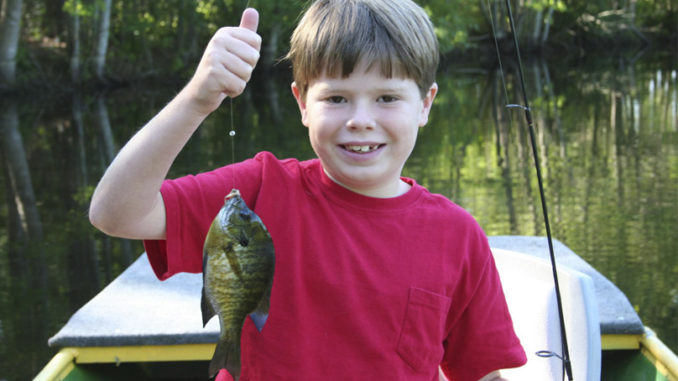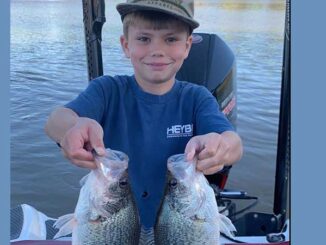
Lynches River is full of hungry bream
With cooler, fall temperatures overtaking much of South Carolina, it’s tough to beat bream fishing on small rivers like Lynches River. This narrow waterway can be tough to fish during the summer, when hornets’ nests, snakes, mosquitoes, and various other creepy crawlies can ruin a day of fishing. But the cool nights of late September and early October put most of those to rest.
The fall also cuts down on the amount of foliage along the tree-lined banks, providing a look at what lies around the next bend.
In six weeks or so, bream will become tougher to catch. But they are plenty eager to bite now. This can be, without a doubt, the last shot at some of the hottest bream-fishing action until spring. And it doesn’t take a big boat or special equipment.
Canoes and kayaks are popular watercraft on the Lynches. But anglers wanting to cover more water will do well with a small john boat and outboard, and a trolling motor will work just fine, too. Finding the fish is easy. Throw a lure or bait just about anywhere and expect to get a bite. But anglers who look for a few things will have the most luck.
Some of the best fishing is around some of the ugliest debris
“One of the best things to look for on this river is the foamy substance that gathers on the upriver side of downed trees and floating sticks and other debris,” said Otis Baumgardner, who fishes in a 14-foot john boat out of the US 401 landing in Sumter County. “That stuff gathers up and sits on the surface. And the redbreast and bluegills love to get under it. If you see that foam, you can anchor down there and catch a dozen bream real quick.
“I anchor down within casting distance of the foam, and I go straight to live bait here. My favorite is waxworms, but crickets work just fine. I use a No. 6 hook under a styrofoam cork. I make a cast upriver of the foam, then just let the current carry it into the foam. Once the cork hits that foam, the cork will stop, but the bait keeps sweeping under the foam. Your cork will be there one second and gone the next. It’s the hottest bite on this river.”
Live bait and artificial lures all work well
Fishing even the slightest incoming water is also a good bet, and casting a Johnson Beetle Spin or a Rebel Teeny Wee Craw up into smaller creeks, then letting them tumble in the current until it empties into the main river can be deadly.
The backside of any current break like flooded timber or fallen tree limbs are also good spots to drop a cricket, worm, or an artificial lure.
“This is a really diverse river, and every so often, you’ll happen across a big bluff bank that is maybe 10 feet high. These are orange clay banks. And no matter what’s at the base of them, you’ll catch plenty of bream all along those,” Baumgardner said. “Even if it looks like there’s no structure, there is something about those clay banks that hold bream, so don’t overlook those areas.”




